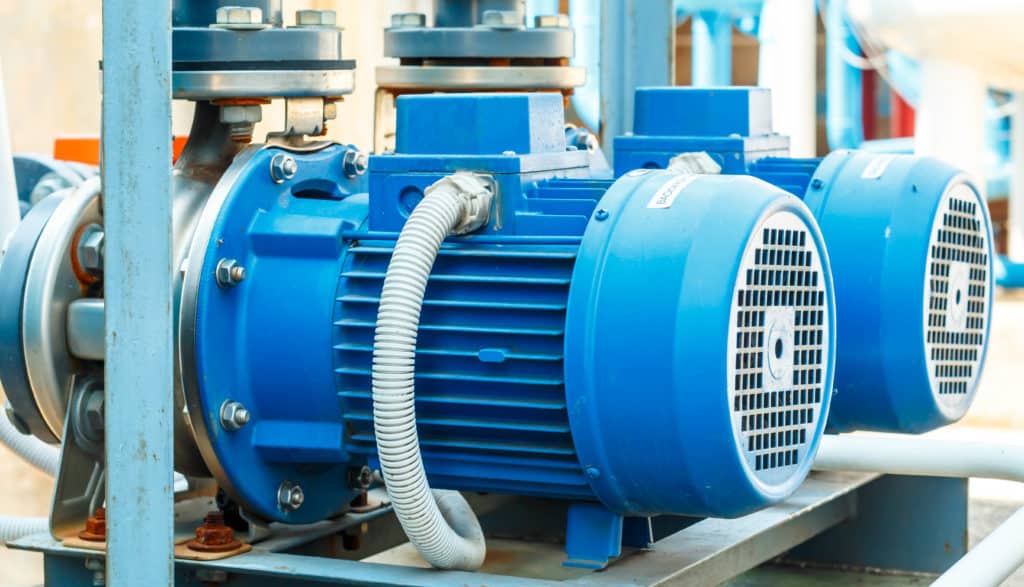If you have a leak in your pump system, it’s bad news. Whether it’s a leaking valve, pump housing, connector or pipe, there are many concerns that will arise. First, it’s bad for equipment, which is not going to run efficiently. This leads to lost productivity and increased downtime to make repairs. Second, it’s bad for the environment, especially when equipment is leaking hazardous pollutants into the ground, water or air. This can lead to EPA fines and shutdowns if not managed properly.
Unfortunately, leaks can happen. That’s why it pays to be prepared with quality practices, good maintenance plans and thorough staff training. This can minimize the risk of leaks happening in the first place, but also puts leak detection, repair and recovery steps in motion in case one does happen.
Here are some practices to help you manage leaks more effectively, according to the pump system engineering experts at Cortech.
- Understand and Conform to Regulations
Leaks are serious business and can shut down your whole operation if you don’t comply with EPA, OSHA and other regulations that apply to your business. Compliance is not just about avoiding regulatory fines, though that’s important. Regulations also establish a baseline of good practices that can help an operation avoid problems like leaks and address them safely and efficiently if they do occur.
- Training, Training and More Training
High quality training programs for employees who work the plant floor can help them detect, assess and correct leaks in a manner that is thorough and safe. By training crews in preventative maintenance techniques, a business can substantially reduce the number of leak incidents it experiences.
- Regular System Inspections and Monitoring
In addition to routine maintenance of equipment, thorough system inspections can proactively avoid leaks and other breakdowns. If a part like a valve or connector looks damaged or worn out, replace it before it becomes a problem.
- Component Identification and Inventory
Every regulated component in the pump system should have a unique identification number. Keep a complete and accurate equipment log and parts inventory so you are always prepared if something fails and needs to be repaired or replaced. The more organized you are, the quicker your staff will be able to react to potential leaks.
- Defining the Leaks
Once a leak is detected, it needs to be properly identified and defined. Federal and state regulations may have different compliance thresholds with respect to leaks of the materials in your system. Understanding what those thresholds are and when they may be crossed is an important part of compliance.
- Have Maintenance and Repair Plans in Place
Always make sure to have maintenance plans and repair procedures in place so your staff is ready to handle any problems that arise. At the first sign of a major leak, your team needs to be prepared and the repair steps should be crystal clear to minimize downtime and avoid pump catastrophes.
These are just some practices and procedures that you should enact when running a pump operation. Do what you can to prevent leaks, but then be ready in case they do happen. For more information and help with pump components, training, maintenance and repairs, contact Cortech today!

